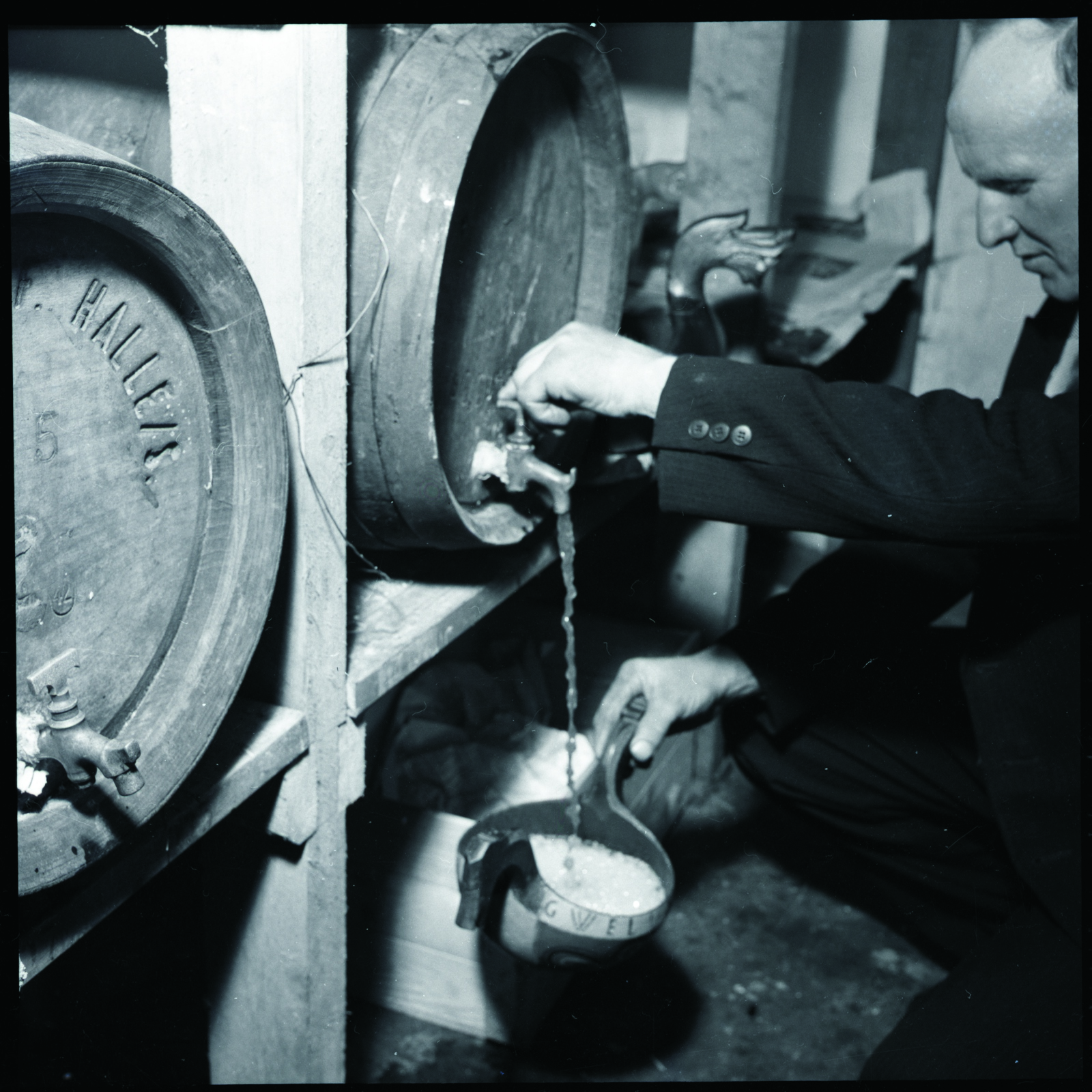Kveik on:
[Wikipedia]
[Google]
[Amazon]
 Kveik is a collective term for a family of strains of
Kveik is a collective term for a family of strains of
chicagotribune.com
Visited September 1. 2019.
Larsblog
Kveik at Milk The Funk Wiki
Learn brewing traditional kveik beer in Voss, Norway
Farmhouse ale festival in the kveik area
Brewing
 Kveik is a collective term for a family of strains of
Kveik is a collective term for a family of strains of brewing yeast
Yeasts are eukaryotic, single-celled microorganisms classified as members of the fungus kingdom. The first yeast originated hundreds of millions of years ago, and at least 1,500 species are currently recognized. They are estimated to constitu ...
that has been used in Norwegian farmhouse brewing for generations.
History
In the past all Norwegian farmers brewed beer from their own grain. The yeast was kept by the farmers themselves between brews. If someone had a brew go sour, or found that the yeast in any way had gone bad or died, they were supplied with new, healthy yeast from a neighboring farm. As the farming was modernized and beer became commercially available, most of the farmhouse brewing died out and the yeast with it. Many places where the brewing tradition survived brewers started to use bread yeast from the local store instead of the old yeast from the farm. The existence of kveik today is a result of a continuous tradition, sometimes only by a handful of traditional brewers in Western Norway, that has kept the original kveik strains alive along with the local traditions and techniques.Origin
On the west coast of Norway, from Hardanger in the south to Sunnmøre in the north, there are still some yeast cultures that have survived and are in use to this day (2022). Known cultures are listed in a publicly maintained registry, together with other farmhouse yeast cultures. These yeast cultures have often been handed down from father to son along with the knowledge of malting grain and brewing. All the strains that have been collected and analyzed in a laboratory have turned out to belong to the species ''Saccharomyces cerevisiae
''Saccharomyces cerevisiae'' () (brewer's yeast or baker's yeast) is a species of yeast (single-celled fungus microorganisms). The species has been instrumental in winemaking, baking, and brewing since ancient times. It is believed to have been o ...
'' (common brewing yeast). They are also more closely related to each other genetically than to the yeast strains from other parts of the world. Thus, the surviving yeast on the west coast of Norway makes up a new subcategory on the family tree of brewing yeast, and it is yeasts belonging to this family which are referred to as kveik.
No kveik has as yet been found outside of western Norway.
Genetics
Genetic analysis shows that kveik belongs to the large category of brewing yeast called "Beer 1", which includes much of the yeast strains from Germany, Belgium, Great Britain, and the USA. Kveik seems to be a hybrid of a progenitor from this known family with an unknown yeast, most likely a wild yeast.Properties
Although kveik is a domesticated brewer's yeast it differs from most modern brewer's yeast in several ways: * It can ferment at much higher temperatures without causing off-flavors. Ordinary brewer's yeast will usually produce off-flavors above 25C (77F), but kveik can go as high as 43C (109F) without ill effects. * It completes fermentation of the beer faster than other yeasts, and the beer can be drunk earlier with less time to mature. * You pitch much less than ordinary yeast * It can be dried and stored dry. * It produces other aromas, often reminiscent of tropical fruits. Chemically it produces more fatty esters than ordinary yeast.Etymology
The yeast is called kveik because this is the most common dialect word for yeast in the parts of Norway where these strains come from. Many of the brewers are referring to their own yeast as 'kveik' whilst the commercially available yeast is called simply 'yeast'. The word 'kveik' in the meaning of 'yeast' stems from the old Norse word 'kvikk' (Eng: vigorous and fast) in the meaning of 'healthy, lively'. The English word 'quick' comes from the same root.International spread
In recent years kveik has spread from the traditional brewers on the west coast of Norway to modern home brewers and some commercial breweries in Norway, and even the rest of the world. Kveik is now sold commercially by laboratories in the USA, Canada, Ireland, Britain, and Poland. Commercial brews are being made and sold using the kveik yeast strains on all continents, and the interest for these particular yeast strains has increased immensely. In the USA there are entire beer festivals dedicated to beer brewed with kveik.Noel, Josh (29. august 2019). «Kveik yeast has taken craft beer by storm. Now the world’s first kveik festival is coming to Chicago.»chicagotribune.com
Visited September 1. 2019.
References
External links
Larsblog
Kveik at Milk The Funk Wiki
Learn brewing traditional kveik beer in Voss, Norway
Farmhouse ale festival in the kveik area
Brewing